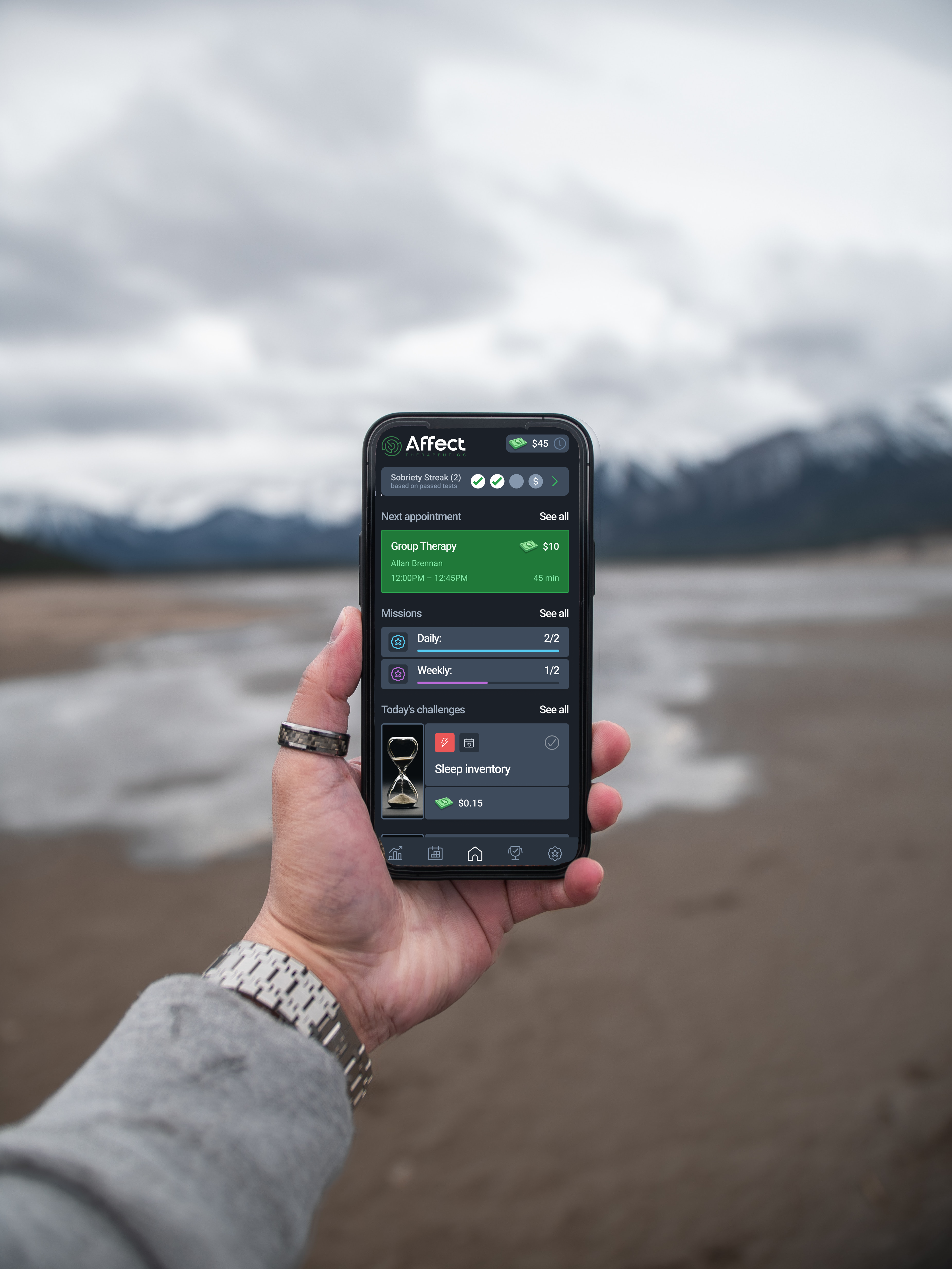
Naloxone FAQ
What is Naloxone and How Does it Work?
Naloxone is a medication designed to rapidly reverse opioid overdose. It works by binding to opioid receptors in the brain, displacing opioids, and blocking their effects. This can quickly restore normal breathing in a person whose breath has slowed or stopped due to overdosing on heroin or prescription opioid medications.
Who Can Administer Naloxone?
Naloxone can be administered by anyone who has been trained to use it, including:
- Medical professionals: Doctors, nurses, paramedics, and other healthcare workers.
- First responders: Police officers, firefighters, and emergency medical technicians (EMTs).
- Laypersons: Friends, family members, or bystanders who have received training on how to use naloxone kits or nasal sprays.
How is Naloxone Administered?
Naloxone can be administered in several ways:
- Intranasal spray (Narcan): A pre-filled, needle-free device that sprays naloxone into the nose.
- Intramuscular injection: A syringe and needle used to inject naloxone into the muscle, typically the thigh, buttocks, or shoulder.
- Auto-injector (Evzio): A device that automatically injects a pre-measured dose of naloxone into the muscle, accompanied by voice instructions for use.
Are There Any Side Effects or Risks Associated with Naloxone?
Naloxone is considered safe and has few side effects. The most common side effects are related to opioid withdrawal and may include:
- Rapid heartbeat
- Sweating
- Nausea or vomiting
- Agitation or irritability
These symptoms are generally not life-threatening but can be uncomfortable. It is important to seek medical attention after administering naloxone because the person may need additional treatment.
Where Can I Get Naloxone and Do I Need a Prescription?
Naloxone is available without a prescription in many states at pharmacies, through community-based programs, and from some healthcare providers. Laws and regulations vary by state, so it’s important to check local guidelines. Many public health organizations and harm reduction programs also provide naloxone kits for free or at low cost to individuals at risk of opioid overdose or those who might witness an overdose.
Additional Questions
How Long Does Naloxone Last?
Naloxone’s effects typically last between 30 to 90 minutes. Because some opioids can last longer in the body than naloxone, it is crucial to seek medical help immediately after its administration, as repeated doses may be necessary.
Can Naloxone Be Used on Children and Pets?
Yes, naloxone can be used on children and pets if they are experiencing an opioid overdose. The dosing may vary, so it’s important to consult a healthcare provider for appropriate guidance.
What Should I Do After Administering Naloxone?
After administering naloxone, call emergency services immediately. Stay with the person and monitor their breathing and responsiveness until help arrives. If the person does not wake up or start breathing normally within 2-3 minutes, administer another dose of naloxone if available.
Is Training Required to Use Naloxone?
While formal training is not always required, it is highly recommended. Many community organizations, public health departments, and pharmacies offer naloxone training sessions to ensure proper use and increase confidence in administering the medication during an emergency.

Let’s get started getting better. We’re here for you.
